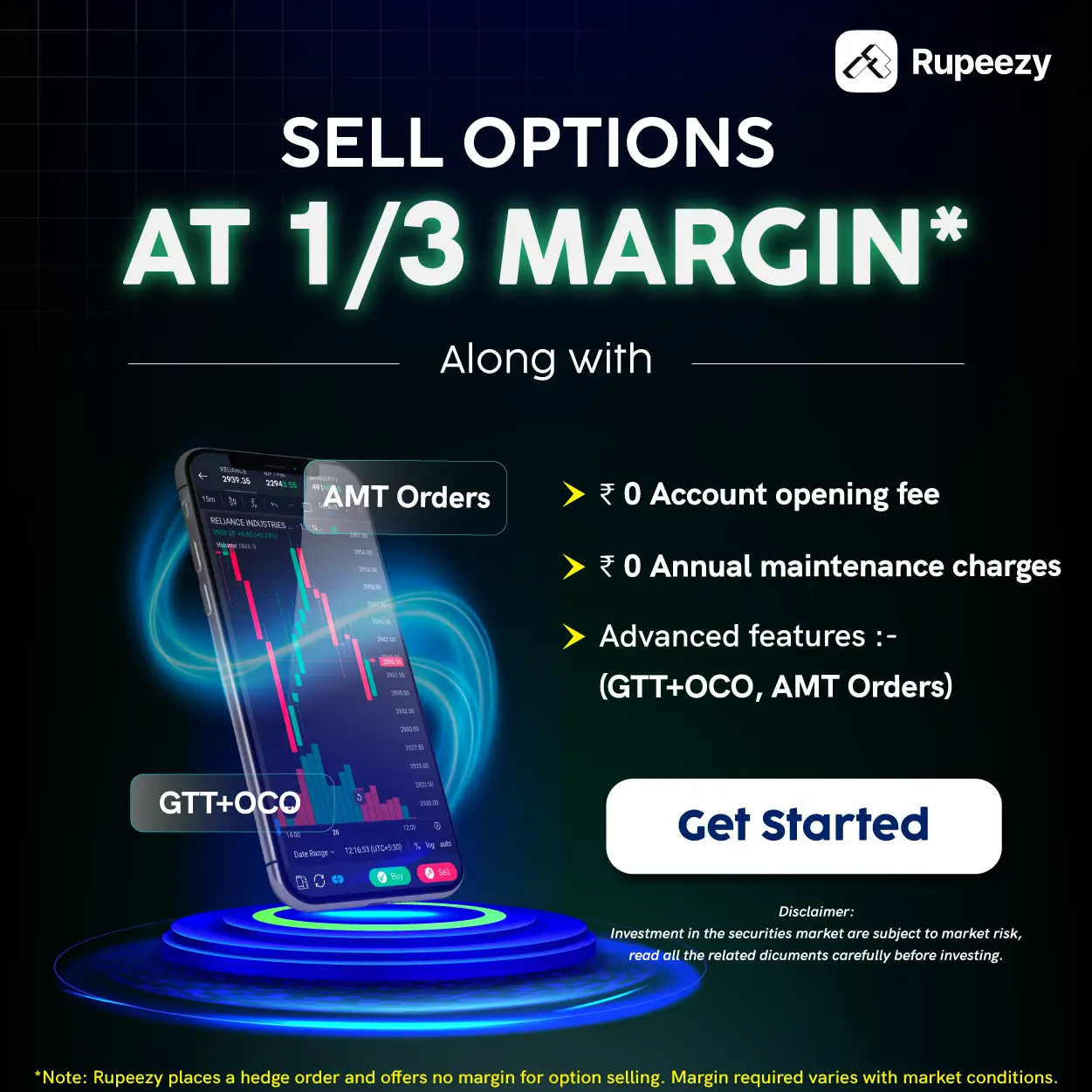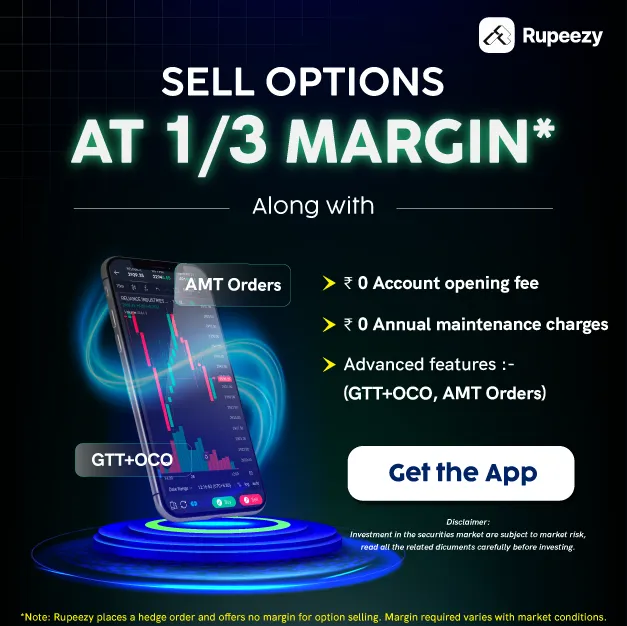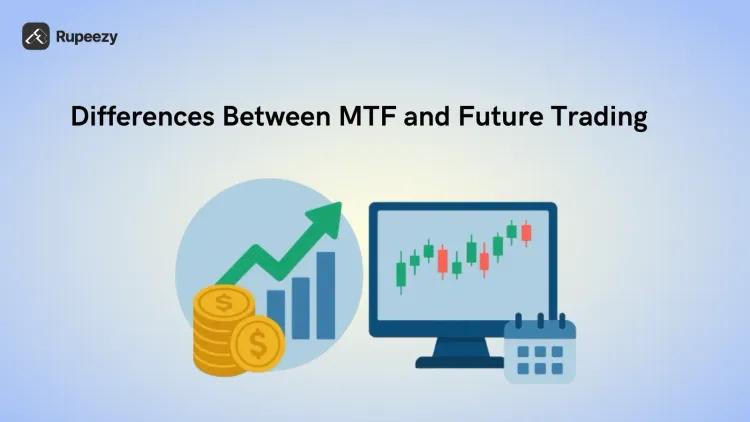What is Swaps Derivative? Features, Types And Benefits


00:00 / 00:00
Swaps in derivatives may sound to be a bit more on the technical side. But when it comes to investing in these, many people find them really confusing. In terms of working as well as how they benefit, knowing everything is very important.
At their core, swaps are contracts where two parties agree to exchange sets of cash flows. These are often aimed at managing risks. There is no trading on exchanges, which is one important point to note. This gives flexibility to both parties to a great extent..
But the question is what swaps are in derivatives? So, if you are looking for an answer to these, then read this guide. Get all the answers and detailed swaps examples in derivatives here.
Understanding Swaps in Derivatives
Swaps are a type of derivative contract. Under such contracts, there are two parties that exchange cash flows or financial instruments. This is fixed over a set period. These cash flows are typically based on variables like interest rates, currency values, or asset performance.
The main aim of such contracts is:
Reduce exposure to market volatility
Offer flexibility
Gain financially
Swaps are usually customized and traded over-the-counter (OTC), not on public exchanges. They're widely used by banks, corporations, and investors to manage financial risk or even take strategic positions based on market views. In essence, swaps act as tailored financial agreements to exchange future value streams.
Features of Swap Contracts in Derivatives
Swap contracts are a crucial part of the derivatives market, offering tailored solutions for managing risk. Below are the key features that define a swap contract in derivatives:
1. Customization
Swap agreements are highly flexible. Each contract is customized between two parties, allowing them to set specific terms like duration, payment frequency, and reference rates to suit their unique needs.
2. Over-the-Counter (OTC) Structure
Unlike futures or options, swaps in derivatives are traded privately, not on centralized exchanges. This OTC nature gives participants full control over the structure and terms of the contract.
3. Cash Flow Exchange Mechanism
Swaps involve exchanging future cash flows based on agreed terms. These may be linked to interest rates (e.g., fixed vs floating), currency values, or asset returns.
4. Minimal or No Initial Cost
Most swap derivatives do not require an upfront payment. The contract begins with the agreement to exchange future payments, making it cost-efficient for both sides.
5. Risk Management and Hedging Tool
Swap contracts are widely used by companies and financial institutions to hedge risks, such as interest rate changes, currency volatility, or credit exposure.
6. Long-Term Nature
These contracts are typically designed for the medium to long term, ranging from 1 to 10 years, which makes them useful for managing extended financial obligations.
7. Counterparty Risk
Because swap contracts are privately negotiated, there is always a credit risk that one party may default. This is a key concern in OTC derivatives.
Together, these features make swap contracts a versatile and powerful tool for financial risk management and strategic planning.
Types of Swaps in Derivatives
Swaps are highly flexible financial contracts used to manage different types of risks. Each type serves a specific purpose depending on the nature of the exposure or investment goal. Below are the major types of swaps in derivatives, explained clearly:
1. Interest Rate Swaps
This is the most common type of swap. It involves exchanging interest payments, usually between a fixed rate and a floating rate, based on a notional principal amount. It is widely used to protect against changes in interest rates without restructuring existing loans.
2. Currency Swaps
In a currency swap, both principal and interest payments are exchanged in different currencies. This type is often used by multinational companies to hedge foreign exchange risk or to borrow in one currency while repaying in another.
3. Commodity Swaps
These contracts involve exchanging cash flows based on the price of a specific commodity such as crude oil or gold. Companies use commodity swaps to lock in future prices and avoid the impact of sudden price swings in raw materials or energy costs.
4. Credit Default Swaps (CDS)
A credit default swap functions like an insurance policy against the default of a borrower. The buyer pays periodic fees, and the seller agrees to pay if the borrower fails to repay the loan. This helps investors manage credit exposure.
5. Equity Swaps
In an equity swap, one party receives returns based on the performance of an equity index or stock, while paying either a fixed or floating interest rate. These are used to gain market exposure without directly purchasing the underlying equity.
6. Total Return Swaps (TRS)
A total return swap allows one party to receive the total return of an asset, including interest, dividends, and capital gains, while paying a fixed or floating rate in return. It is useful for institutions that want economic exposure without reflecting the asset on their balance sheet.
7. Inflation Swaps
This swap involves exchanging a fixed rate for a rate linked to an inflation index such as the Consumer Price Index. It is used by investors or companies to protect their portfolios or cash flows from the adverse effects of inflation.
Each of these swap types helps in managing specific financial risks while offering flexibility, hedging benefits, and strategic positioning in both domestic and international markets.
How Does a Swap Work?
To understand how a swap functions, let’s first revisit the swap derivatives meaning. A swap is a financial agreement where two parties exchange cash flows or financial obligations based on predefined terms. These exchanges typically relate to interest payments, currency values, or asset returns and are settled over regular intervals.
Here’s how it works:
Two parties agree on the terms of the swap contract including the type of swap, notional amount, duration, and payment frequency.
Each party agrees to pay a specific cash flow stream, such as a fixed interest rate, floating rate, or currency amount.
At each settlement date, the net difference between the agreed payment amounts is exchanged.
The swap continues until the agreed end date, with payments made as per the schedule.
This allows both sides to manage risk or gain market exposure without altering existing assets or liabilities.
Benefits and Risks of Swap Contracts in Derivatives
Swap contracts offer flexibility and risk management advantages, but they also come with certain downsides. Understanding both sides helps investors and institutions make informed decisions.
Benefits of Swaps
Risk Management: Swaps help hedge against fluctuations in interest rates, currency exchange rates, commodity prices, or credit defaults, making them a strategic tool for financial planning.
Customizable Terms: Since most swaps are over-the-counter contracts, the terms can be tailored to suit the exact needs of both parties including duration, frequency, and payment structures.
No Immediate Cash Outflow: Most swap contracts do not require upfront payments, making them capital-efficient instruments for managing exposures.
Market Access: Swaps allow exposure to foreign markets, indices, or returns without physically holding the asset or debt, which can be cost-effective and convenient.
Improved Cash Flow Stability: By locking in costs or returns, swaps can stabilize cash flows for companies with variable-rate obligations or foreign revenue.
Risks of Swaps
Counterparty Risk: Since swaps are not traded on regulated exchanges, there is always a risk that one party may default on their obligations.
Valuation Complexity: Accurately valuing a swap contract can be difficult due to fluctuating market conditions and the absence of standardized pricing.
Liquidity Risk: Exiting a swap before its maturity can be challenging and may involve losses, as there is no open market for resale.
Regulatory Risk: Regulatory changes may affect the legality, cost, or compliance requirements of swap contracts, especially for institutions operating across borders.
Leverage-Related Losses: In some cases, swaps are used with leverage, which can amplify losses if market movements go against the anticipated direction.
Swaps can be powerful tools when used wisely, but like any financial derivative, they demand a solid understanding of both benefits and risks.
Derivatives vs Swaps: What’s the Difference?
Many people often confuse swaps with derivatives in general, but it’s important to know that swaps are just one type of derivative. While both are financial instruments used for hedging or speculation, they differ in structure, purpose, and trading mechanisms.
Understanding the key differences between derivatives vs swaps can help investors choose the right instrument for their financial strategy. Here's a side-by-side comparison to make it easier:
Criteria | Derivatives | Swaps |
Definition | Financial contracts whose value depends on an underlying asset | A type of derivative where two parties exchange cash flows or liabilities |
Types | Includes futures, options, forwards, and swaps | A subset of derivatives that includes interest rate swaps, currency swaps, etc. |
Trading Platform | Can be traded on exchanges or over-the-counter (OTC) | Usually traded over-the-counter (OTC) |
Standardization | Exchange-traded derivatives are standardized | Swaps are generally customized and not standardized |
Use Cases | Used for hedging, speculation, or arbitrage | Primarily used for hedging interest rate, currency, or credit risk |
Complexity | Varies by type; some are straightforward | Swaps tend to be more complex in structure |
Upfront Payment | May require margin or premium | Typically requires little or no upfront payment |
Conclusion
Swaps are essential instruments in the world of derivatives, offering flexibility to manage interest rate shifts, currency movements, commodity pricing, and credit exposure. By understanding how swap contracts work, their features, types, and associated risks, you gain a practical tool for strategic financial planning. These contracts may seem technical, but they serve real-world purposes across industries and portfolios.
To explore more about derivatives or take your investment journey forward with confidence, open your account with Rupeezy.
Start investing with powerful insights and seamless tools at your fingertips.
FAQs
Q1. Why do companies use swap contracts in derivatives?
Companies use swap contracts to manage financial risks without restructuring their original liabilities. For example, an interest rate swap can help a firm convert a floating-rate loan into a fixed-rate one. This allows better cash flow planning and protection from market volatility. Swaps in derivatives are also used for currency management, cost reduction, or to access better funding terms in foreign markets.
Q2. Are swap derivatives regulated in India?
Yes, swap derivatives in India are regulated by the Reserve Bank of India (RBI) and the Securities and Exchange Board of India (SEBI), depending on the nature of the contract. Most swaps are traded over-the-counter (OTC), but regulatory oversight ensures transparency, disclosure, and risk management practices among financial institutions that enter into these contracts.
Q3. Do retail investors use swap contracts in India?
Swap contracts in derivatives are generally not used by retail investors due to their complexity and the scale of capital required. These instruments are primarily designed for institutional investors, corporations, and banks. However, retail investors may gain indirect exposure through structured products or funds that include swaps in their investment strategies.
Q4. How are swap contracts settled?
Swap contracts are typically settled through net cash flows exchanged on agreed dates. Instead of transferring the entire principal, parties only exchange the difference between what each owes. For instance, in an interest rate swap, the fixed-rate payer and floating-rate payer compare payments on a settlement date, and the party owing more pays the difference.
Q5. Are swap derivatives risky for both parties?
Yes, swap derivatives carry risks for both parties. The most notable is counterparty risk, where one party may default. Market risk is also a factor, as unexpected rate or price movements can lead to losses. Legal and liquidity risks may arise if contract terms are unclear or if one party needs to exit early. Proper risk assessment and documentation are essential before entering a swap.
The content on this blog is for educational purposes only and should not be considered investment advice. While we strive for accuracy, some information may contain errors or delays in updates.
Mentions of stocks or investment products are solely for informational purposes and do not constitute recommendations. Investors should conduct their own research before making any decisions.
Investing in financial markets are subject to market risks, and past performance does not guarantee future results. It is advisable to consult a qualified financial professional, review official documents, and verify information independently before making investment decisions.

All Category










